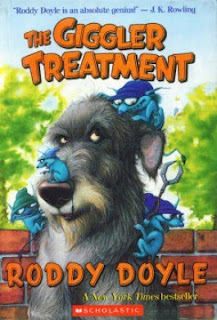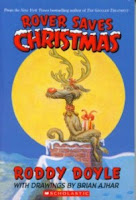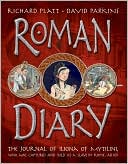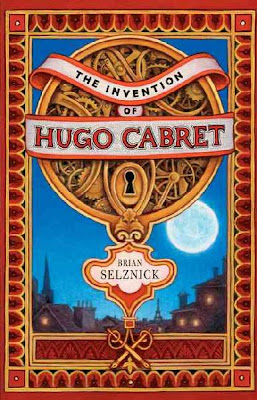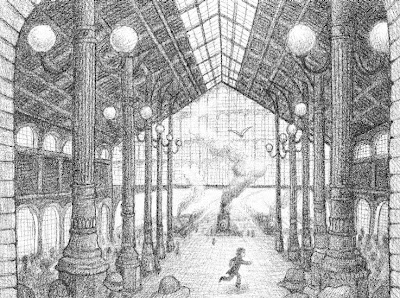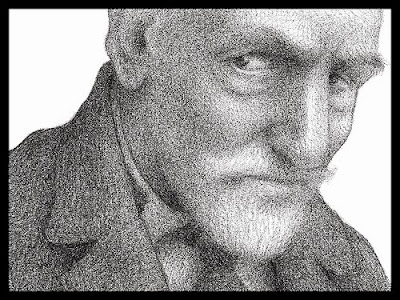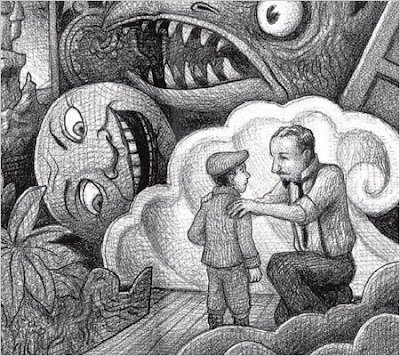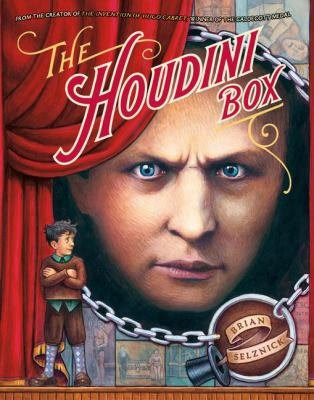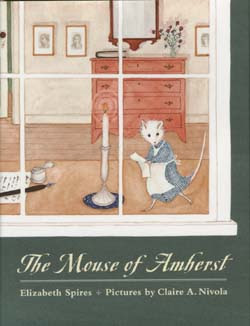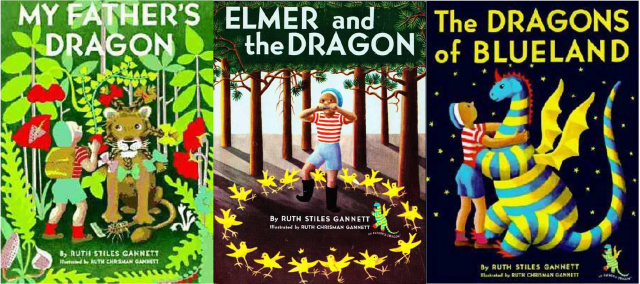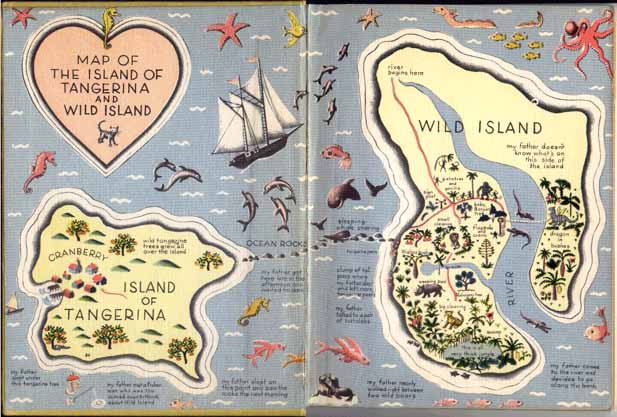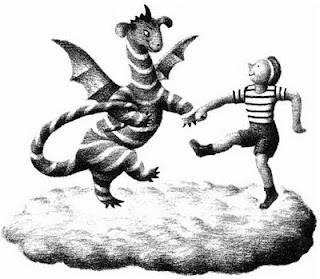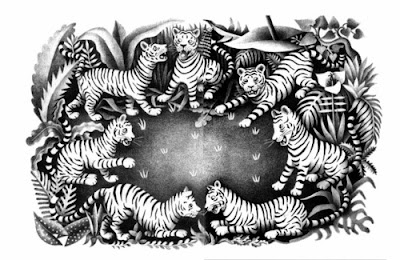This book is all over the place, and I mean that in the best possible way. I was very excited about this book when it first came out and I bought it eight years ago. Roddy Doyle is a fabulous award winning Irish author, his book The Commitments was made into a movie in the 1990s, who has written a handful of children's books. I know that Lemony Snicket/Daniel Handler made digression in children's books popular and somewhat entertaining with his Series of Unfortunate Events books, the first of which was published a year before The Giggler Treatment, but I prefer Doyle's brand of digression for its humor and playfulness as opposed to Snicket's intellectualized, cynicism.
The basic plot of revolves around the Gigglers - little creatures who look after children by following them around and making sure that adults are treating them fairly. When children are treated unfairly, they exact revenge on the adults by giving them the Giggler Treatment, or, poo on the shoe, until they stop being mean to the child. The Gigglers obtain the dog poo, for which all dogs are paid, with their poo claw.
So, we are not huge fans of potty humor in this house. Captain Underpants made a very brief visit here when my daughter was seven or so and hasn't been seen since. However, I had (and have) no problem reading the word "poo" out loud over and over again when I read this book to my kids. Perhaps it is because I love all things that hail from Ireland and Great Britain, especially in the form of comedy, I found this book very entertaining. Doyle sprinkles the text with Irish-isms, even including a glossary, and makes the occasional digression to explain them and highlight any humor connected with them. We learned one of our favorite family terms from Doyle, and, although we don't have much occasion to say it now that we only have one bath taker left, all five of us delight in the term, "wet rudies," which I will leave to your imaginations or curiosity. Perhaps you will pick up the book just to find out...
Anyway, the Gigglers target one Mr. Mack, biscuit (cookie, to us) tester, who, for almost the whole book, is about to step in a pile of Giggler treatment. His punishment is in limbo because, it turns out that he only sent Robbie and Jimmy Mack to their rooms for one minute after they broke the kitchen window for the eighth time. When a Giggler is discovered in the Mack back yard waiting to do business with Rover, the Mack's dog, the whole horrible mix-up is discovered. The whole family, with baby Kayla bouncing along on Rover's back, rushes to save Mr Mack.
Every chapter has a different and increasingly hilarious heading, which is sometimes almost a story in and of itself. The illustrations by Brian Ajhar are reminiscent of the work of Chris Riddell, who's work with Paul Stewart I have reviewed in the past, as well as his own work, Ottoline and the Yellow Cat. This book is fun, a nice break from more serious works and a chance to sit around and laugh with your kids. It's one of those books that's a great read out loud but also a treasure to be read alone and repeat back to your parents...
